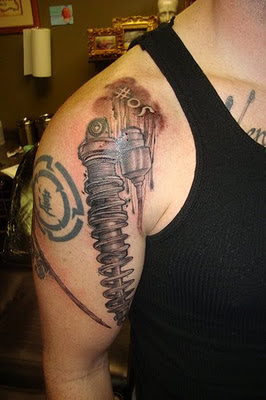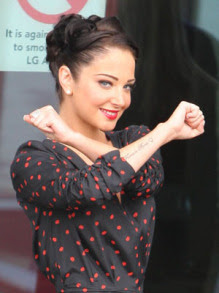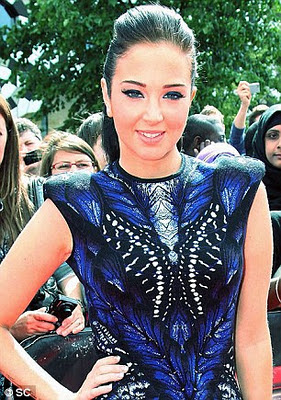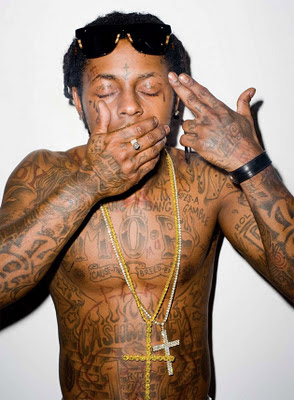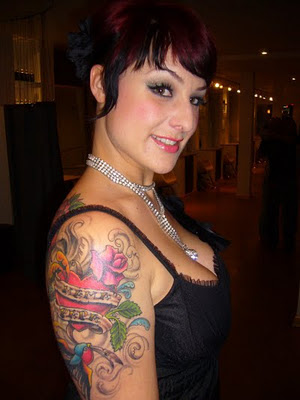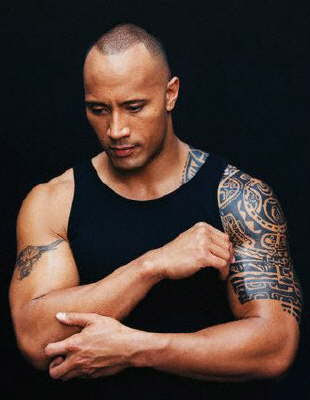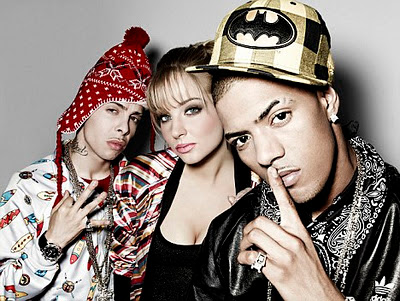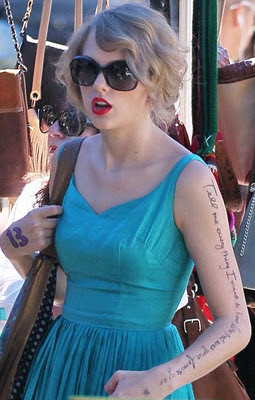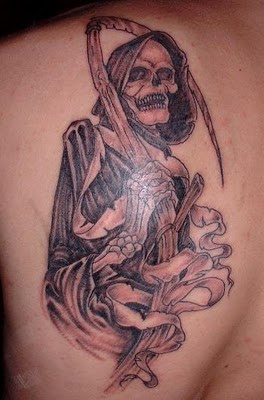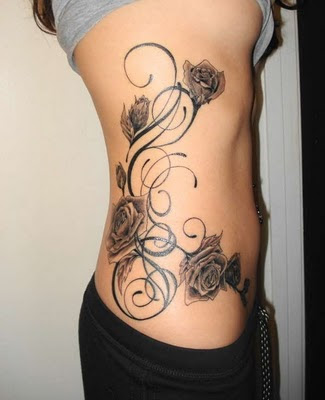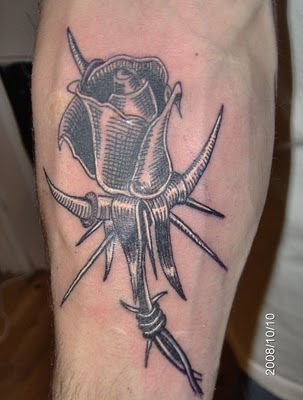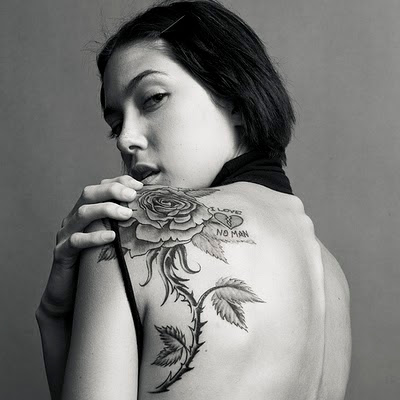Dear Person that decided to dress up as an Indian for Halloween,
I was going to write you an eloquent and well-reasoned post today about all the reasons why it's not ok to dress up as a Native person for Halloween--talk about the history of
"playing Indian" in our country, point to the dangers of stereotyping and placing of Native peoples as
mythical, historical creatures, give you some articles to read, hope that I could change your mind by dazzling you with my wit and reason--but I can't. I can't, because I know you won't listen, and I'm getting so tired of trying to get through to you.
I just read the comments on
this post at Bitch Magazine, a conversation replicated
all over the internet when people of color are trying to make a plea to not dress up as racist characters on Halloween. I felt my chest tighten and tears well up in my eyes, because even with Kjerstin's well researched and well cited post, people like you are so caught up in their own privilege, they can't see how much this affects and hurts their classmates, neighbors and friends.
I already know how our conversation would go. I'll ask you to please not dress up as a bastardized version of my culture for Halloween, and you'll reply that it's "just for fun" and I should "get over it." You'll tell me that you "weren't doing it to be offensive" and that "everyone knows real Native Americans don't dress like this." You'll say that you have a "right" to dress up as "whatever you damn well please." You'll remind me about how you're "Irish" and the "Irish we're oppressed too." Or you'll say you're "German", and you "don't get offended by people in Lederhosen."
But you don't understand what it feels like to be me. I am a Native person. You are (most likely) a white person. You walk through life everyday never having the fear of someone mis-representing your people and your culture. You don't have to worry about the vast majority of your people living in poverty, struggling with alcoholism, domestic violence, hunger, and unemployment caused by 500+ years of colonialism and federal policies aimed at erasing your existence. You don't walk through life everyday feeling invisible, because the only images the public sees of you are fictionalized stereotypes that don't represent who you are at all. You don't know what it's like to care about something so deeply and know at your core that it's so wrong, and have others in positions of power dismiss you like you're some sort of over-sensitive freak.
You are in a position of power. You might not know it, but you are. Simply because of the color of your skin, you have been afforded opportunities and privilege, because our country was built on a foundation of white supremacy. That's probably a concept that's too much for you to handle right now, when all you wanted to do was dress up as a
PocaHottie for Halloween, but it's true.
I am not in a position of power. Native people are not in positions of power. By dressing up as a fake Indian, you are asserting your power over us, and continuing to oppress us. That should worry you.
But don't tell me that you're oppressed too, or don't you dare come back and tell me your "great grandmother was a Cherokee Princess" and that somehow makes it ok. Do you live in a system that is
actively taking your children away without just cause? Do you have to look at the TV on weekends and see sports teams with
mascots named after racial slurs of your people? I doubt it.
Last night I sat with a group of Native undergraduates to discuss their thoughts and ideas about the costume issue, and hearing the comments they face on a daily basis broke my heart. They take the time each year to send out an email called "We are not a costume" to the undergraduate student body--an email that has become known as the "whiny newsletter" to their entitled classmates. They take the time to educate and put themselves out there, only to be shot down by those that refuse to think critically about their choices.Your choices are adversely affecting their college experiences, and that's hard for me to take without a fight.
The most frustrating part to me is, there are so many other things you can dress up as for Halloween. You can be a freaking
sexy scrabble board for goodness sake. But why does your fun have to come at the expense of my well-being? Is your night of drunken revelry really worth subjugating an entire group of people? I just can't understand, how after hearing, first-hand, that your choice is hurtful to another human being, you're able to continue to celebrate with your braids and plastic tomahawk.
So I know you probably didn't even read this letter, I know you've probably already bought and paid for your Indian costume, and that this weekend you'll be sucking down jungle juice from a red solo cup as your feathers wilt and warpaint runs. I know you're going to scoff at my over-sensitivity. But I'm telling you, from the bottom of my heart, that you're hurting me. And I would hope that would be enough.
Wado,
Adrienne K.
PS- I wonder if you saw
these posters? Because I think they illustrate my point really well.
UPDATE 10/27: Have
a look at some of the costumes I'm talking about. I think it makes my arguments a lot clearer.
Earlier:
But Why Can't I Wear a Hipster Headdress?Nudie Neon Indians and the Sexualiztion of Indian WomenA Cowboys and Indians Party is just as bad as a Blackface Party Paris Hilton as a Sexy Indian: The Halloween Fallout Begins (includes lots of links about the costume issue)
Mid-Week Motivation: I am not your costumeReaders, if you want to
send over an "I am not a costume" picture, I'll put together a big post--power in numbers!













